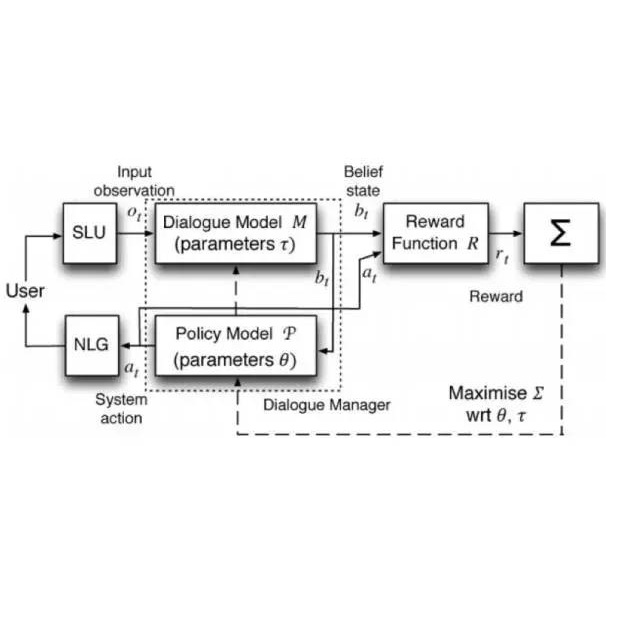Despite showing increasingly human-like conversational abilities, state-of-the-art dialogue models often suffer from factual incorrectness and hallucination of knowledge (Roller et al., 2020). In this work we explore the use of neural-retrieval-in-the-loop architectures - recently shown to be effective in open-domain QA (Lewis et al., 2020b; Izacard and Grave, 2020) - for knowledge-grounded dialogue, a task that is arguably more challenging as it requires querying based on complex multi-turn dialogue context and generating conversationally coherent responses. We study various types of architectures with multiple components - retrievers, rankers, and encoder-decoders - with the goal of maximizing knowledgeability while retaining conversational ability. We demonstrate that our best models obtain state-of-the-art performance on two knowledge-grounded conversational tasks. The models exhibit open-domain conversational capabilities, generalize effectively to scenarios not within the training data, and, as verified by human evaluations, substantially reduce the well-known problem of knowledge hallucination in state-of-the-art chatbots.
翻译:尽管展示了日益人性化的对话能力,但最先进的对话模式往往在事实上的不正确性和对知识的幻觉中遭遇到知识的幻觉(Roller等人,2020年)。在这项工作中,我们探索了使用神经-RETRieval-in-loop结构 -- -- 最近显示在开放式的QA中是有效的(Lewis等人,2020年b;Izacard和Grave,2020年) -- -- 用于以知识为基础的对话,这一任务可以说更具挑战性,因为它需要基于复杂的多点对话背景进行查询,并产生连贯的对对话的反应。我们研究具有多个组成部分的各类结构 -- -- 检索器、排层和编码交换器 -- -- 目的是在保留谈话能力的同时尽量扩大知识的可读性。我们证明我们的最佳模型在两种基于知识的谈话任务上取得了最先进的表现。模型展示了开放的谈话能力,在培训数据之外,广泛有效地设想了各种情景,并且经过人类评估的验证,大大减少了在状态式聊天器中众所周知的知识幻觉的问题。



